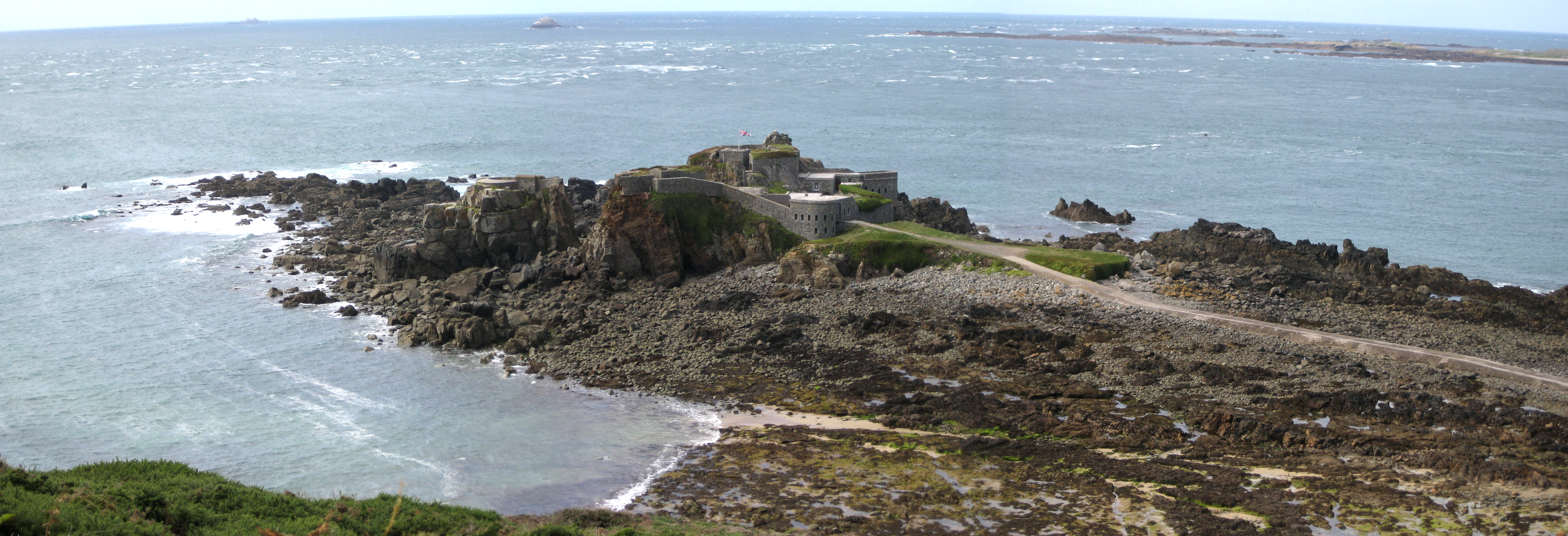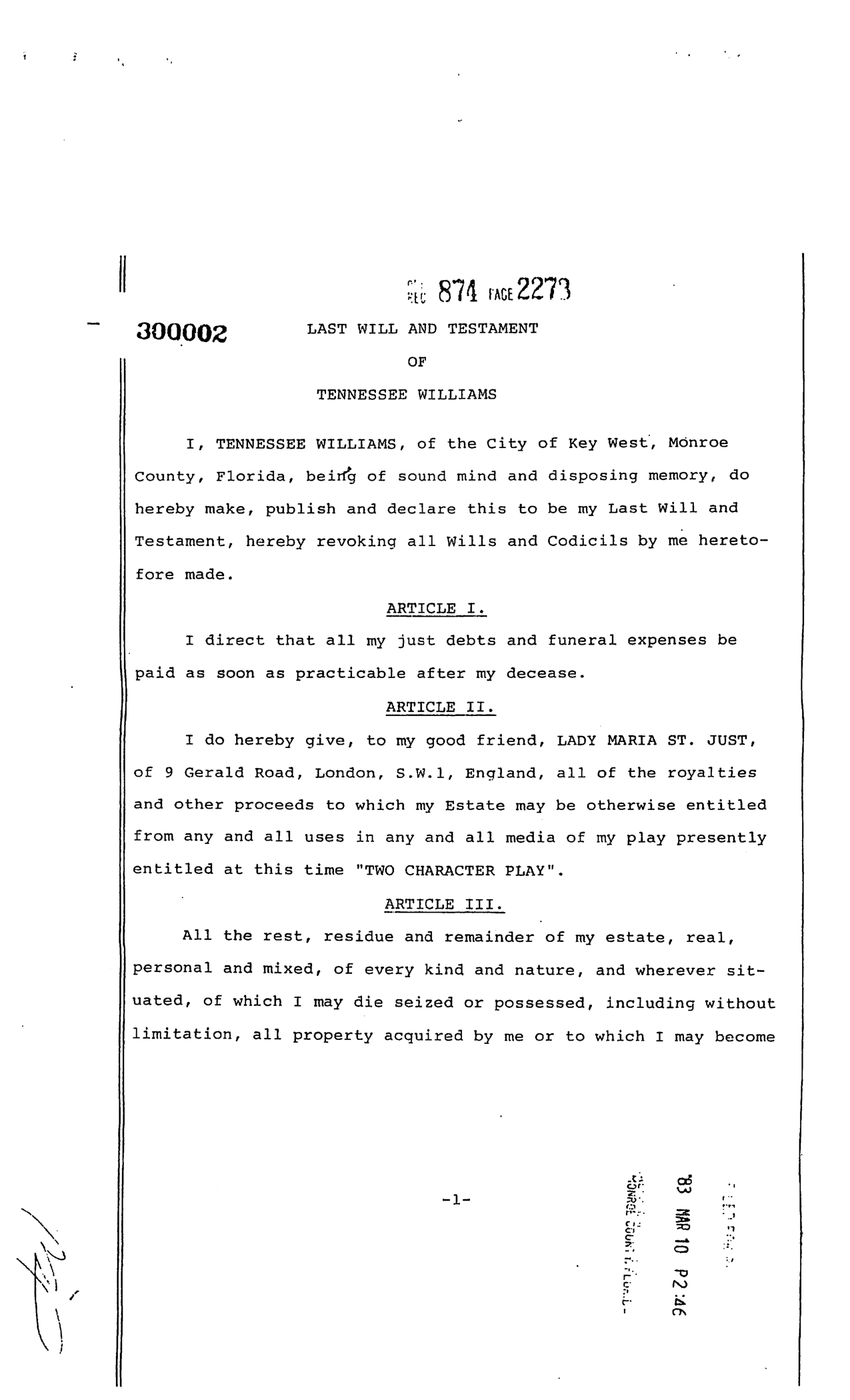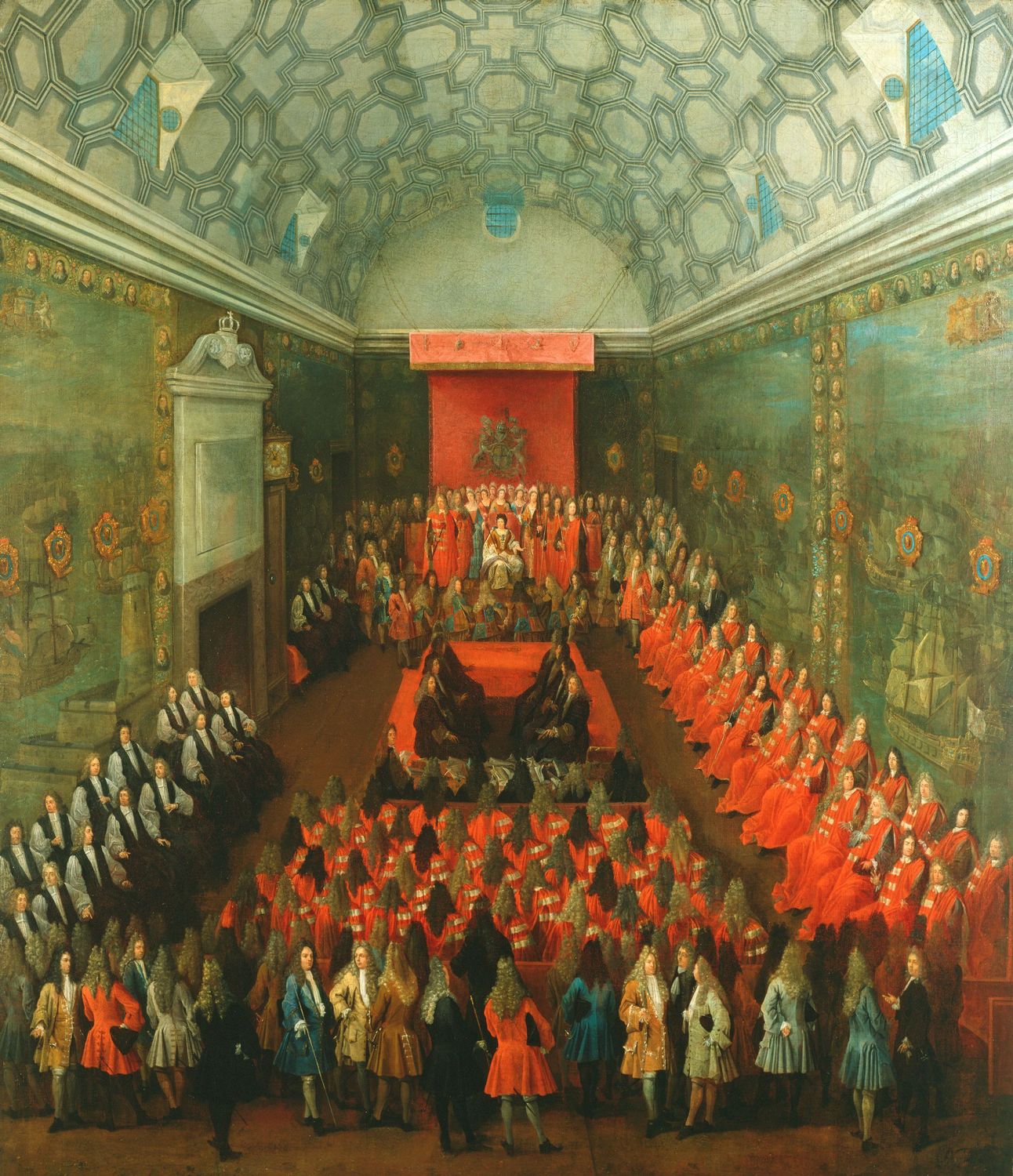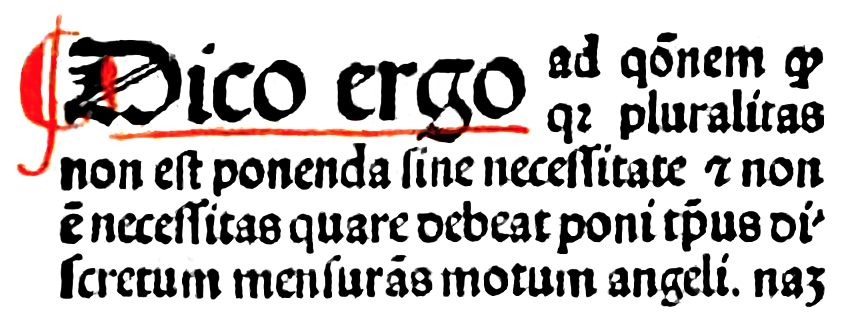|
Ascog House
Ascog House is a large 17th-century mansion house at Ascog on the Isle of Bute, southwest Scotland. The house is in the care of the Landmark Trust, and is protected as a category B listed building. Balmory Hall lies just to the west of the house. Description The present building is a large three-story house running north–south. On the east side is a stair turret with a small watch-chamber above. The roofs are steep with crow-stepped gables. One dormer bears the date 1678. The building is similar in style and date to the Mansion House in nearby Rothesay, and is likely to have been built by the same architect. The interior of the house dates from the 1990s restoration. The earlier interiors were mostly lost when the building was divided into flats, and further damage occurred when a fire broke out in June 1991 while the restoration was in progress. Architectural history There is no trace of the earlier castle that was only a "few minutes walk" away. (Although a ruined tower ... [...More Info...] [...Related Items...] OR: [Wikipedia] [Google] [Baidu] |
Landmark Trust
The Landmark Trust is a British architectural conservation, building conservation charitable organization, charity, founded in 1965 by John Smith (Conservative politician), Sir John and Lady Smith, that rescues buildings of historic interest or architectural merit and then makes them available for holiday rental. The Trust's headquarters is at Shottesbrooke in Berkshire. Most Trust properties are in England, Scotland and Wales. Several are on Lundy Island off the coast of north Devon, operated under lease from the National Trust for Places of Historic Interest or Natural Beauty, National Trust. In continental Europe there are Landmark sites in Belgium, France and Italy. There are five properties in Vermont, US, one of which, Naulakha (Rudyard Kipling House), Naulakha, was the home of Rudyard Kipling in the 1890s. The Trust is a charity registered in England & Wales and in Scotland. The American sites are owned by an independent sister charity, Landmark Trust USA. There is also ... [...More Info...] [...Related Items...] OR: [Wikipedia] [Google] [Baidu] |
Ascog
Ascog () is a small village on the Isle of Bute, within Argyll and Bute council area, Scotland Scotland is a Countries of the United Kingdom, country that is part of the United Kingdom. It contains nearly one-third of the United Kingdom's land area, consisting of the northern part of the island of Great Britain and more than 790 adjac .... The village is within the parish of Kingarth, and is situated on the A844. It is located on the east coast of the island, about 2 km to the south east of Rothesay. It is largely residential. There are several historic buildings in the area, including Ascog House, Ascog Hall, and the Italianate style Balmory Hall. Loch Ascog lies to the west. References External links Canmore - Bute, Ascog Castle site record [...More Info...] [...Related Items...] OR: [Wikipedia] [Google] [Baidu] |
Will (law)
A will and testament is a legal document that expresses a person's (testator) wishes as to how their property ( estate) is to be distributed after their death and as to which person ( executor) is to manage the property until its final distribution. For the distribution (devolution) of property not determined by a will, see inheritance and intestacy. Though it has been thought a "will" historically applied only to real property, while "testament" applied only to personal property (thus giving rise to the popular title of the document as "last will and testament"), records show the terms have been used interchangeably. Thus, the word "will" validly applies to both personal and real property. A will may also create a testamentary trust that is effective only after the death of the testator. History Throughout most of the world, the disposition of a dead person's estate has been a matter of social custom. According to Plutarch, the written will was invented by Solon. Originally ... [...More Info...] [...Related Items...] OR: [Wikipedia] [Google] [Baidu] |
Country Houses In Argyll And Bute
A country is a distinct part of the world, such as a state, nation, or other political entity. When referring to a specific polity, the term "country" may refer to a sovereign state, state with limited recognition, constituent country, or dependent territory. Most sovereign states, but not all countries, are members of the United Nations. There is no universal agreement on the number of "countries" in the world, since several states have disputed sovereignty status or limited recognition, and a number of non-sovereign entities are commonly considered countries. The definition and usage of the word "country" are flexible and have changed over time. ''The Economist'' wrote in 2010 that "any attempt to find a clear definition of a country soon runs into a thicket of exceptions and anomalies." Areas much smaller than a political entity may be referred to as a "country", such as the West Country in England, "big sky country" (used in various contexts of the American West), "coal ... [...More Info...] [...Related Items...] OR: [Wikipedia] [Google] [Baidu] |
Landmark Trust Properties In Scotland
A landmark is a recognizable natural or artificial feature used for navigation, a feature that stands out from its near environment and is often visible from long distances. In modern-day use, the term can also be applied to smaller structures or features that have become local or national symbols. Etymology In Old English, the word ''landmearc'' (from ''land'' + ''mearc'' (mark)) was used to describe a boundary marker, an "object set up to mark the boundaries of a kingdom, estate, etc." Starting around 1560, this interpretation of "landmark" was replaced by a more general one. A landmark became a "conspicuous object in a landscape". A ''landmark'' literally meant a geographic feature used by explorers and others to find their way back to their departure point, or through an area. For example, Table Mountain near Cape Town, South Africa, was used as a landmark to help sailors navigate around the southern tip of Africa during the Age of Exploration. Artificial structures are ... [...More Info...] [...Related Items...] OR: [Wikipedia] [Google] [Baidu] |
John Crichton-Stuart, 5th Marquess Of Bute
John Crichton-Stuart, 5th Marquess of Bute (4 August 1907 – 14 August 1956), was the son of John Crichton-Stuart, 4th Marquess of Bute, and Augusta Bellingham. Marriage and children On 26 April 1932, he married Lady Eileen Beatrice Forbes (1912–1993), a daughter of Bernard Forbes, 8th Earl of Granard, by his wife Beatrice Mills, an American socialite who was the daughter of Ogden Mills. They had four children: # John Crichton-Stuart, 6th Marquess of Bute (27 February 1933 – 22 July 1993) # Lord David Crichton-Stuart (27 February 1933 – 1977) # Lord James Crichton-Stuart (17 September 1935 – 5 December 1982). He married and divorced the fashion model Sarah Frances Croker-Poole, who later married the Muslim religious leader Aga Khan IV, converted to Islam, took the name ' Salimah Aga Khan' and became the mother of three children by the Aga Khan, including his probable heir, Rahim Aga Khan. # Lady Caroline Moira Fiona Crichton-Stuart (born 7 January 1941) Interes ... [...More Info...] [...Related Items...] OR: [Wikipedia] [Google] [Baidu] |
Civil Engineer
A civil engineer is a person who practices civil engineering – the application of planning, designing, constructing, maintaining, and operating infrastructure while protecting the public and environmental health, as well as improving existing infrastructure that may have been neglected. Civil engineering is one of the oldest engineering disciplines because it deals with constructed environment including planning, designing, and overseeing construction and maintenance of building structures, and facilities, such as roads, railroads, airports, bridges, harbors, channels, dams, irrigation projects, pipelines, power plants, and water and sewage systems. The term "civil engineer" was established by John Smeaton in 1750 to contrast engineers working on civil projects with the military engineers, who worked on armaments and defenses. Over time, various sub-disciplines of civil engineering have become recognized and much of military engineering has been absorbed by civil engineering. ... [...More Info...] [...Related Items...] OR: [Wikipedia] [Google] [Baidu] |
Robert Thom (engineer)
Robert Thom (1774 Tarbolton, South Ayrshire, Scotland - 1847) was a Scottish civil engineer who worked upon major hydraulic projects on the Isle of Bute and Inverclyde. On Bute, he created aqueducts to increase the flow of water which powered the cotton mills there, so that their capacity was increased. This economic success resulted in him becoming the laird of Ascog. He then created a larger system to supply water power to Greenock Greenock (; ; , ) is a town in Inverclyde, Scotland, located in the west central Lowlands of Scotland. The town is the administrative centre of Inverclyde Council. It is a former burgh within the historic county of Renfrewshire, and forms .... The reservoir is named after him — Loch Thom — and the supply aqueduct is known as the Greenock Cut. In the early 1800s, he designed the first water purification plant in Scotland. See also * Slow sand filter References 1774 births 1847 deaths Scottish civil engineers Pe ... [...More Info...] [...Related Items...] OR: [Wikipedia] [Google] [Baidu] |
House Of Lords
The House of Lords is the upper house of the Parliament of the United Kingdom. Like the lower house, the House of Commons of the United Kingdom, House of Commons, it meets in the Palace of Westminster in London, England. One of the oldest extant institutions in the world, its origins lie in the early 11th century and the emergence of bicameralism in the 13th century. In contrast to the House of Commons, membership of the Lords is not generally acquired by Elections in the United Kingdom, election. Most members are Life peer, appointed for life, on either a political or non-political basis. House of Lords Act 1999, Hereditary membership was limited in 1999 to 92 List of excepted hereditary peers, excepted hereditary peers: 90 elected through By-elections to the House of Lords, internal by-elections, plus the Earl Marshal and Lord Great Chamberlain as members Ex officio member, ''ex officio''. No members directly inherit their seats any longer. The House of Lords also includes ... [...More Info...] [...Related Items...] OR: [Wikipedia] [Google] [Baidu] |
Parsimonious
In philosophy, Occam's razor (also spelled Ockham's razor or Ocham's razor; ) is the problem-solving principle that recommends searching for explanations constructed with the smallest possible set of elements. It is also known as the principle of parsimony or the law of parsimony (). Attributed to William of Ockham, a 14th-century English philosopher and theologian, it is frequently cited as , which translates as "Entities must not be multiplied beyond necessity", although Occam never used these exact words. Popularly, the principle is sometimes paraphrased as "of two competing theories, the simpler explanation of an entity is to be preferred." This philosophical razor advocates that when presented with competing hypothesis, hypotheses about the same prediction and both hypotheses have equal explanatory power, one should prefer the hypothesis that requires the fewest assumptions, and that this is not meant to be a way of choosing between hypotheses that make different predictions ... [...More Info...] [...Related Items...] OR: [Wikipedia] [Google] [Baidu] |
Entail
In English common law, fee tail or entail is a form of trust, established by deed or settlement, that restricts the sale or inheritance of an estate in real property and prevents that property from being sold, devised by will, or otherwise alienated by the tenant-in-possession, and instead causes it to pass automatically, by operation of law, to an heir determined by the settlement deed. The terms ''fee tail'' and ''tailzie'' are from Medieval Latin , which means "cut(-short) fee". Fee tail deeds are in contrast to "fee simple" deeds, possessors of which have an unrestricted title to the property, and are empowered to bequeath or dispose of it as they wish (although it may be subject to the allodial title of a monarch or of a governing body with the power of eminent domain). Equivalent legal concepts exist or formerly existed in many other European countries and elsewhere; in Scots law tailzie was codified in the Entail Act 1685. Most common law jurisdictions have abolished ... [...More Info...] [...Related Items...] OR: [Wikipedia] [Google] [Baidu] |





